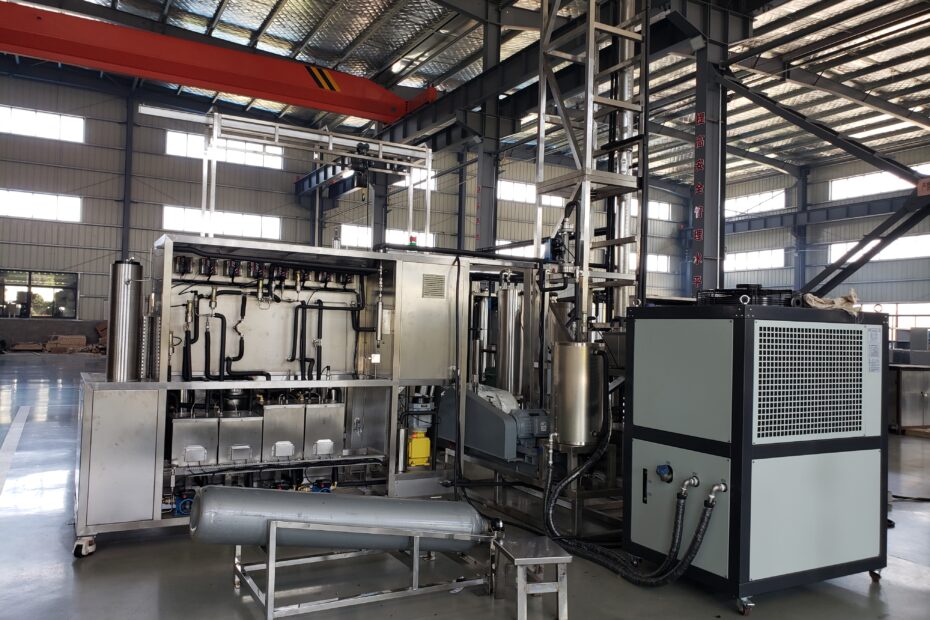The extraction technology of fruit, vegetable and flower raw materials refers to the technical method of separating the effective ingredients with high purity by using the principles and methods of physics, chemistry and biochemistry without destroying the structure and function of the effective ingredients. It is a strict, meticulous and complex process involving many aspects of knowledge and operation technology. Due to the different structures and physical and chemical properties of the effective ingredients to be separated and purified, the separation methods will also be different.
Supercritical fluid technology is a new separation technology in modern chemical separation. Supercritical extraction uses CO2 as a solvent, because CO2 fluid in a supercritical state has a greater density and dielectric constant, and has a greater solubility for substances.
When the temperature and temperature change, its solubility will change suddenly. Therefore, it is not only selective for the solubility of certain substances, but also easy to separate the solvent and the extract.
Supercritical CO2 fluid extraction process is based on the selectivity of supercritical CO2 fluid to solute solubility to achieve material component separation.
Supercritical fluid extraction (SFE) is a method used to extract compounds from various materials using supercritical fluids as the extracting solvent. In the case of extracting pectin from fruits and vegetables, carbon dioxide (CO2) is commonly used as the supercritical fluid.
Method Steps For Supercritical CO2 Extraction Process Of Pectin
- Preparation of Raw Material: Fruits or vegetables containing pectin are washed, peeled, and chopped into small pieces to increase the surface area for extraction.
- Loading the Extractor: The chopped material is loaded into the extraction vessel of the supercritical fluid extraction equipment.
- Extraction Conditions: The extraction vessel is pressurized with CO2 to reach its supercritical state, typically around 31°C and 74 bar pressure. These conditions can be adjusted based on the specific requirements of the extraction process.
- Solvent-Solute Interaction: In the supercritical state, CO2 exhibits properties of both gas and liquid, making it an excellent solvent for extracting compounds like pectin. CO2 interacts with the pectin in the raw material, facilitating its dissolution and extraction.
- Separation of Extract: After the extraction process is complete, the mixture of CO2 and extracted compounds is depressurized, causing the CO2 to revert to its gaseous state, leaving behind the extracted pectin.
- Collection and Purification: The extracted pectin may contain impurities and other components. It is typically collected and subjected to further purification steps, such as filtration, precipitation, or chromatography, to isolate pure pectin.
- Drying: The purified pectin is then dried to remove any residual moisture, resulting in a dry, powdery form suitable for storage and use in various applications.
Conclusion
Supercritical fluid extraction offers several advantages over conventional extraction methods, including higher selectivity, shorter extraction times, and reduced solvent consumption.
